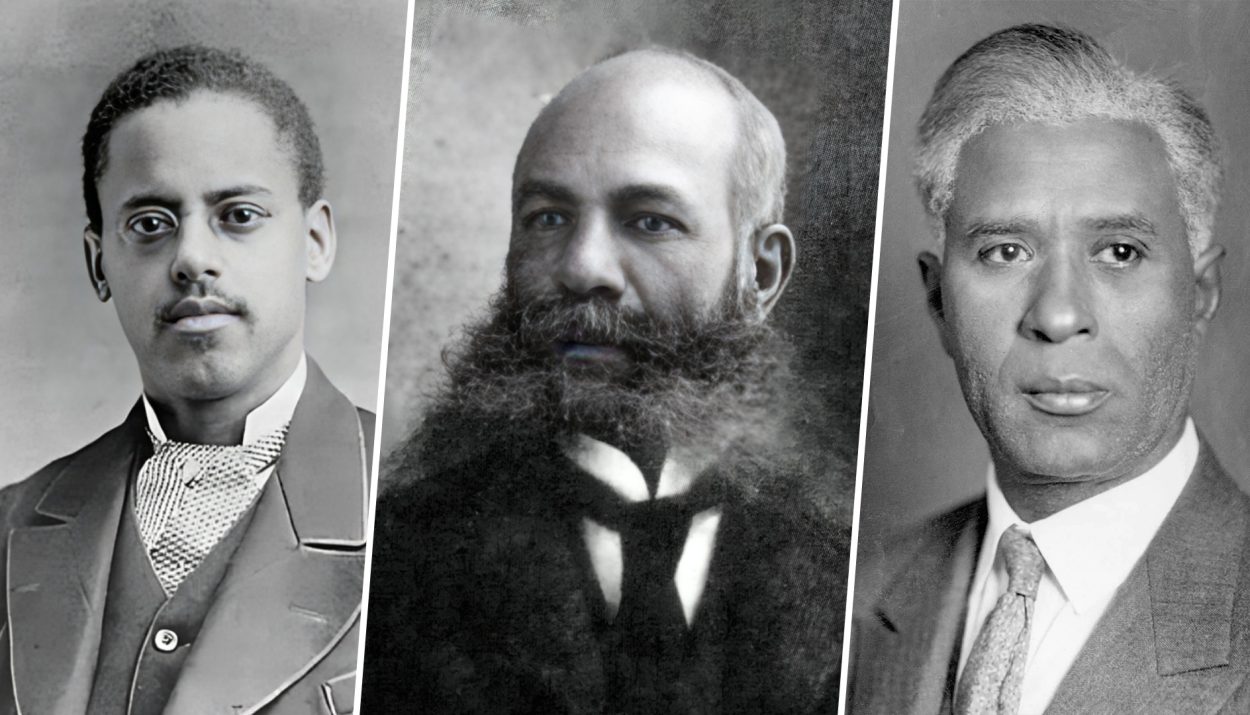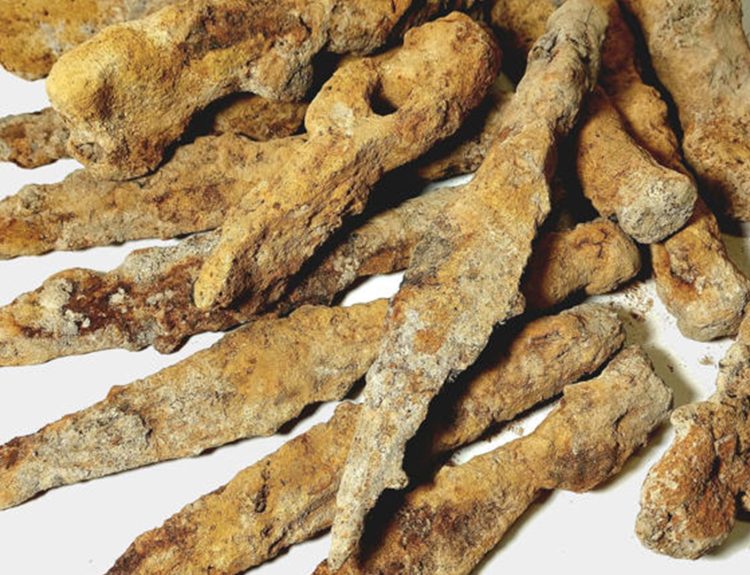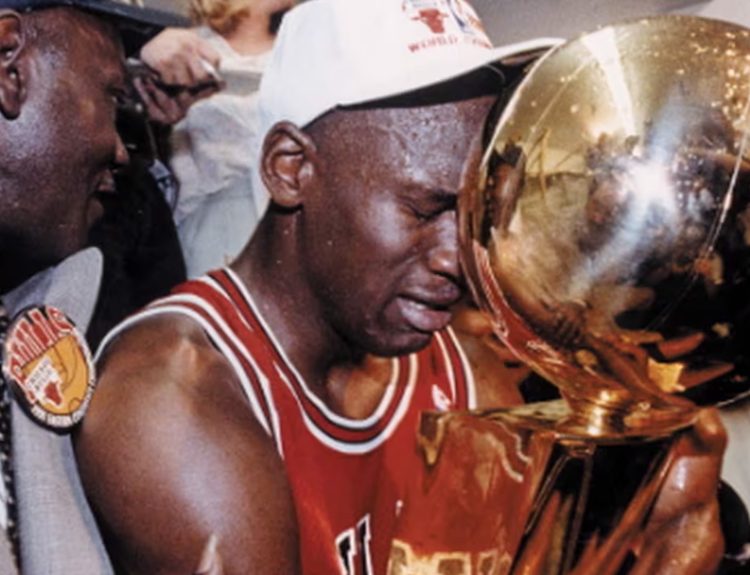February is Black History Month. Although we should honor the amazing contributions of all people during every month of the year, February is a good time to shine a special spotlight on a few of the brilliant and innovative African American inventors of the past whose inventions have made life easier for everyone.
Sadly, the accomplishments for many Black inventors have not gotten the recognition they deserve. As you scroll through this list of 10 inventions designed by African American inventors, take a moment to appreciate the genius, problem-solving skills, and their ability to make a lasting impact during a time when the deck was stacked against them.
1. Traffic Light – Garrett Morgan
Garrett Morgan of Ohio was a lifelong tinkerer and handyman who was able to reach a level of success that allowed him to purchase an automobile in 1922. Not long after, he witnessed a car accident at an intersection. Neither driver knew when it was safe to go through the intersection because there wasn’t a traffic cop present to direct the traffic.
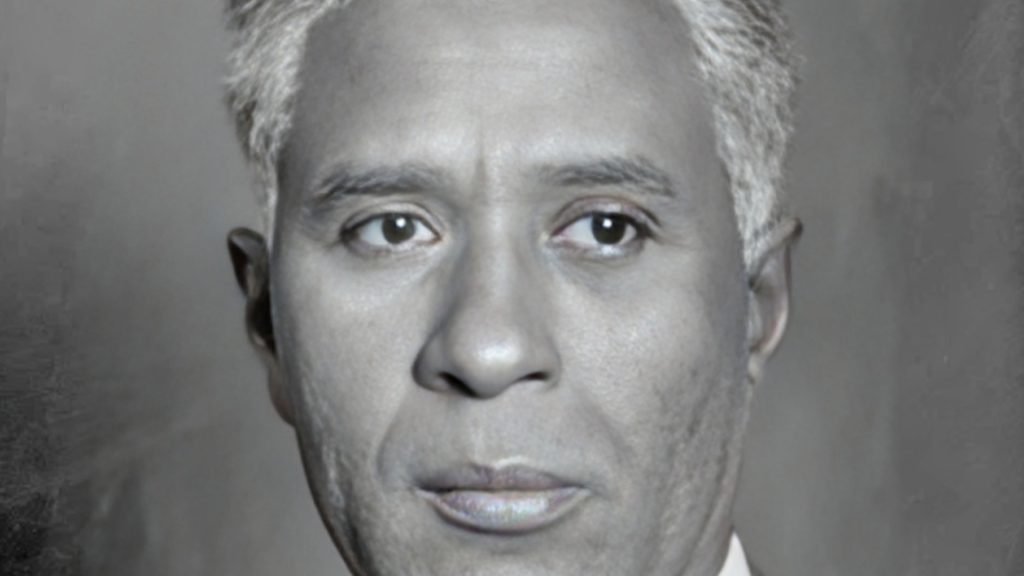
Can you imagine the cost and logistics of having an officer stationed at every intersection in a large city? Morgan couldn’t, so he invented and patented a traffic light with folding arms that told drivers when to stop and when to go. Morgan received a patent for his traffic signal, which he later sold to General Electric for $40,000. But this isn’t the last we will hear of Garrett Morgan.
2. Smoke Hood – Garrett Morgan
Firefighters everywhere can breathe easier thanks to Garrett Morgan … literally! He observed firefighters on the scene of a large fire struggling to breathe through the heavy smoke. He then developed a protective hood that covered the wearer’s head and face. It had a filtration system to remove the smoke. The response to Morgan’s smoke hood was lukewarm … until disaster struck.
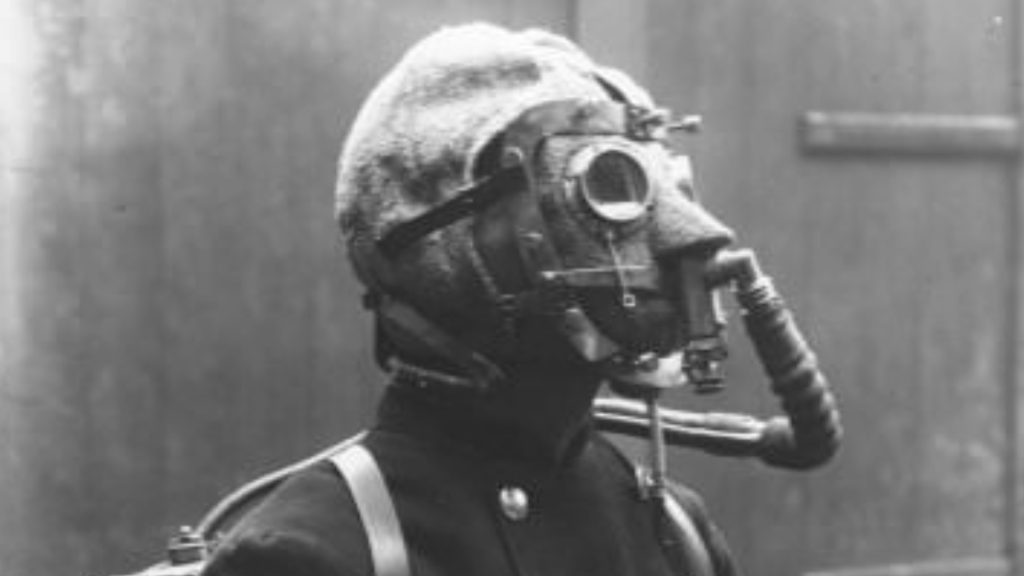
The Waterworks Tunnel in Cleveland, Ohio, exploded on July 24, 1916, trapping several people inside. Rescuers couldn’t reach them because of the smoke. Morgan and his brother arrived on the scene – wearing their pajamas and Morgan’s smoke hoods! – and successfully rescued several victims. In fact, he ran into the tunnel four times, bringing back a victim each time before passing his smoke hood off to firefighters who were now convinced that the smoke hood worked.
3. Home Security Systems – Mary Van Brittan Brown
Mary Van Brittan Brown, a New York nurse, and her husband, electrician Albert Brown, worked odd schedules. She was often home alone at night and fearful because the crime rate in her Queens neighborhood was skyrocketing. Working with her husband, she developed a home security system to make her feel safe.
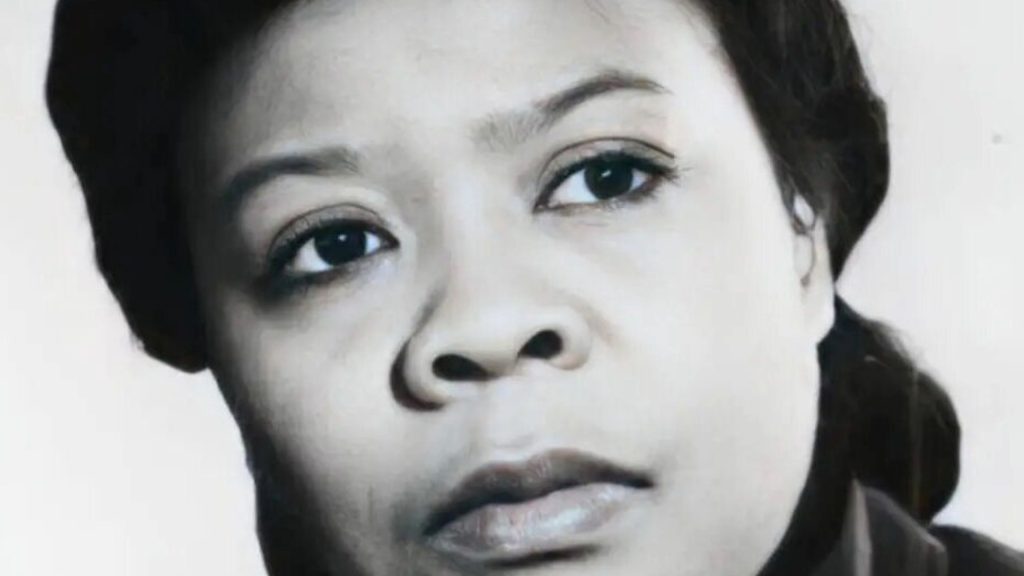
The system included security cameras peering through several peepholes. The cameras linked to a monitor so she could see who was at her door or lurking outside. It also included a button that would alert the police immediately. Mary’s home security system, which she patented in 1969, was later expanded for businesses and stores.
4. Potato Chips – George Speck
George Speck was a skilled chef working at a restaurant in the resort area of Sarasota Springs, New York, in 1883 when he had a fateful run-in with an irate customer. The restaurant patron sent his food back to the kitchen complaining that the French fries were too thick and not crunchy enough for his liking. Speck sliced the potatoes thinner and fried them longer, but the picky customer still complained.

So, Speck decided to give the customer exactly what he was asking for. Speck sliced the potatoes into paper-thin slices and then fried them in hot oil until they were crispy. He added a pinch of salt and served them to the customer. To his surprise, the customer loved them. He regularly returned for an order of potato chips and the new snack food caught on.
5. Gas Heat Furnace – Alice H. Parker
Alice H. Parker, a college-educated New Jersey woman, was annoyed that the fireplace didn’t do a good job warming the whole house. She thought there should be a better way to heat a home. So, she invented one herself.
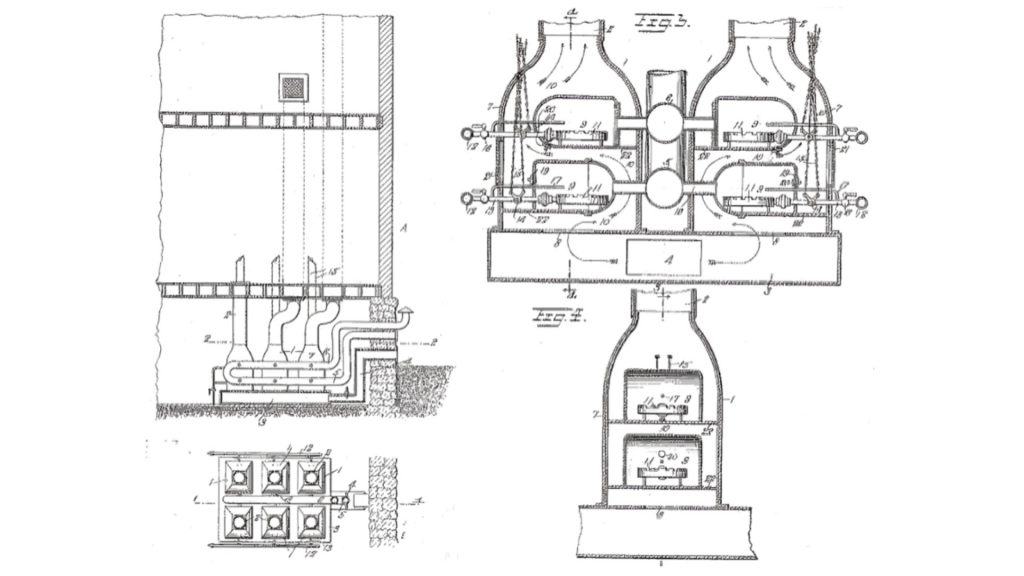
In 1920, she received a patent for her natural gas-fueled home heating system that used controlled air ducts to evenly circulate the heat. One of the innovative aspects of Parker’s home heating system was that the temperature in different rooms of the house could be controlled via the ducts and vents.
6. Golf Tee – George Grant
By all accounts, Geroge Franklin Grant was an overachiever. He was a prominent Boston dentist and Harvard University’s first African American professor. Like many successful men in the medical profession, Grant spent his downtime golfing.
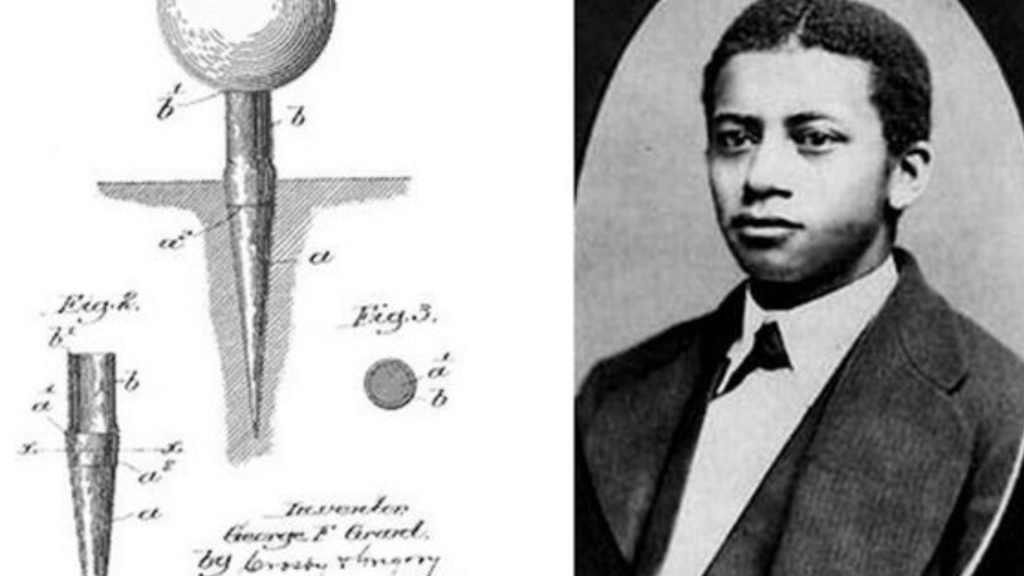
A common golf practice in those days was to pinch a small hill of sand and perch one’s golf ball atop it to raise it off the ground just enough to effectively hit it. There had to be a better way, though Grant. He designed and patented the first golf tee which he crafted from wood and rubber.
7. Automatic Gear Shift – Richard Spikes
Can’t drive a stick shift? Thanks to Richard Spikes, you don’t have to. In 1932, this prolific inventor patented the automatic gear shift for automobile transmissions. Spikes, in fact, held numerous patents for various inventions he created throughout his lifetime. Not bad for a man without a formal education who made his living as a barber.
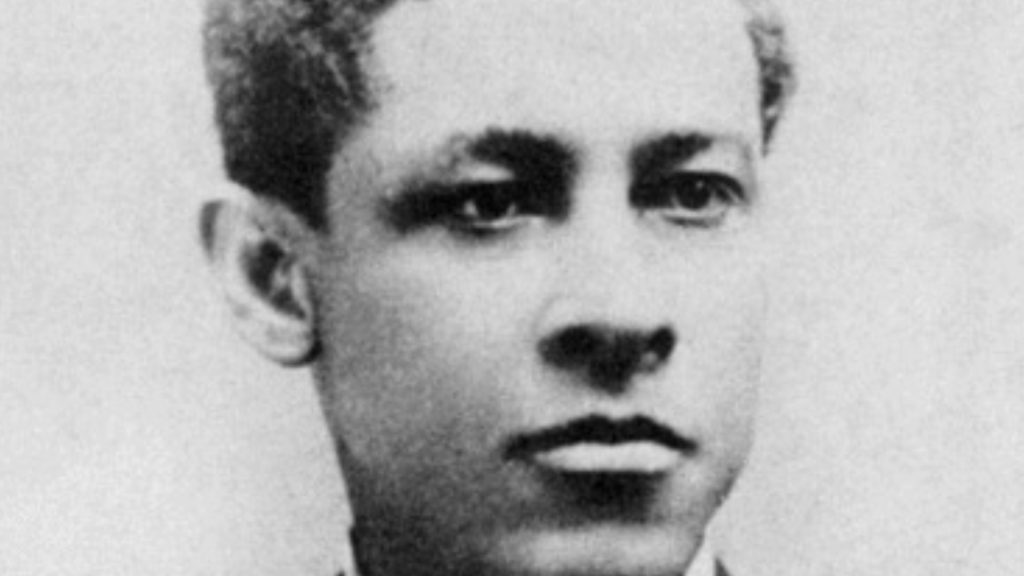
In addition to the automatic gear shift, Spikes also invented the directional signals for cars, as well as the beer tap, billiard cue rack, an automatic barber chair, and the automatic safety brake system.
8. Street Mailbox – Phillip Downing
A postal clerk in Boston, Massachusetts in the late 1800s, Phillip Downing enjoyed seeing customers come into the post office, but he also heard them complain about having to make a trip to the post office whenever they needed to send a letter. That got him thinking.
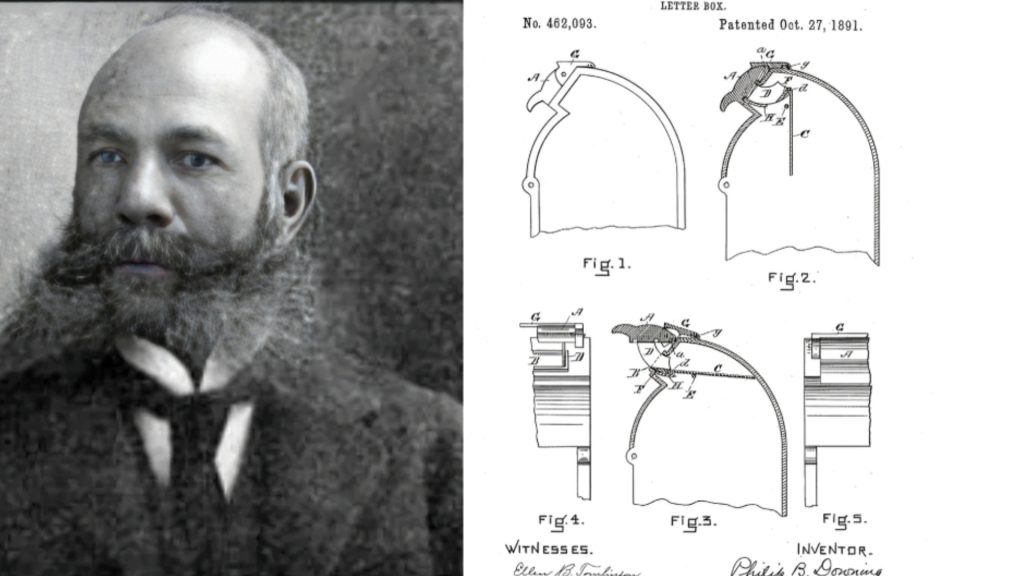
Downing designed and built a metal box, mounted on four small legs, that could be securely bolted to the sidewalk. He called his invention the “street letter box” and he received his patent for it on October 27, 1891. Now, folks could simply drop their stamped letters into the closest street mailbox and the postal workers would empty the boxes on their rounds.
9. Corn Seed Planter – Henry Blair
A successful Maryland farmer in the 1830s, Henry Blair was an uneducated and illiterate freedman. He realized he could raise more crops if he could find ways to speed up some of the more time-consuming and tedious parts of the job … like planting corn.
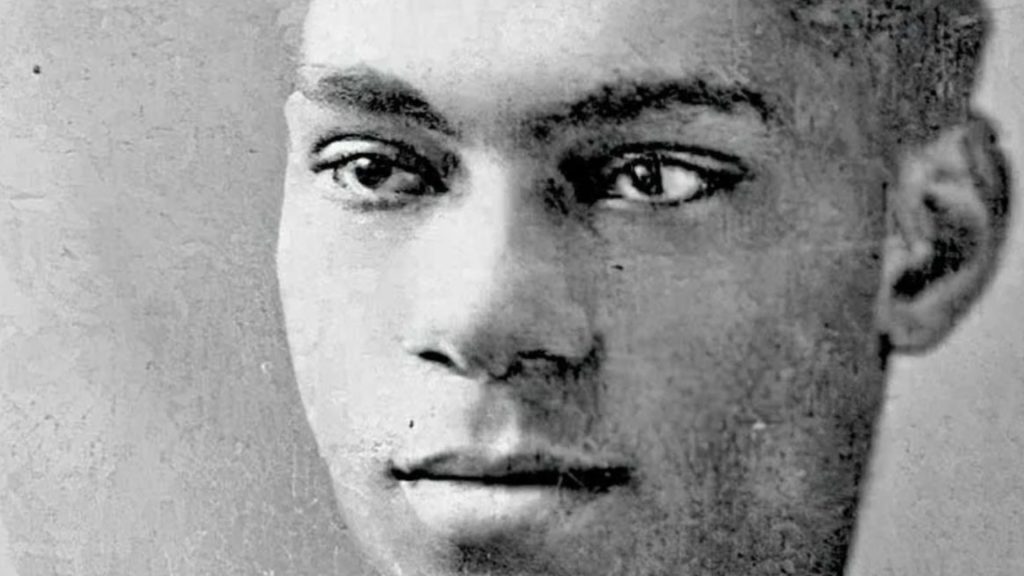
He created a corn seed planting device on wheels that allowed him to plant more corn in less time. On October 14, 1834, he received a patent for his seed planter, but since he could not read or write, he simply signed the patent with an X.
10. Fire Ladder – Joseph R. Winters
In the mid-1800s, Joseph R. Winters of New Bedford, Massachusetts, was one of many onlookers watching firefighters extinguish a house fire. He observed that one of the firefighters stumbled and struggled while trying to untie a traditional wooden ladder from his wagon to help in rescue efforts.
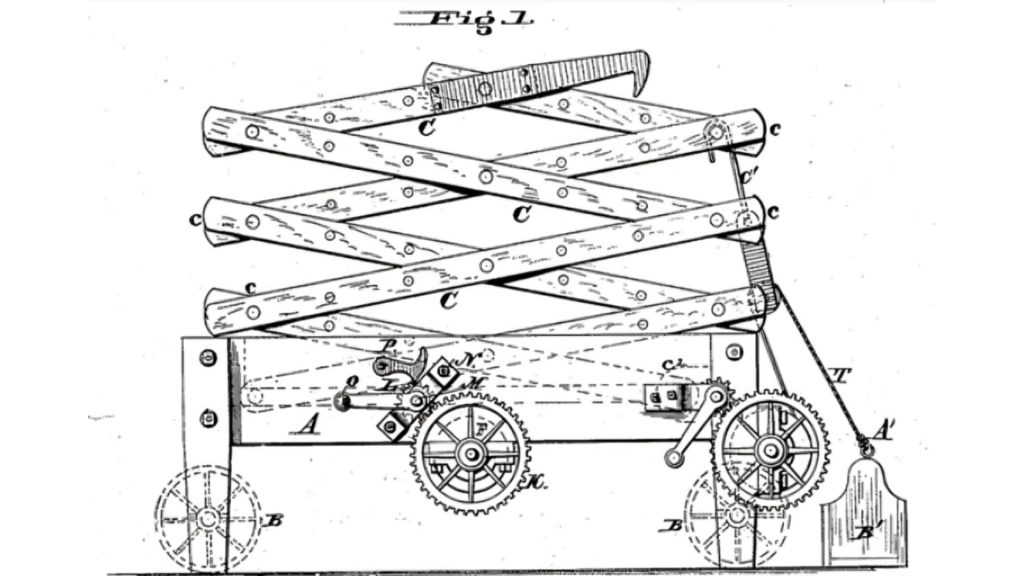
Inspired by this incident, Winters invented a wagon-mounted metal frame ladder system that allowed firefighters to extend the escape ladder from their wagons without having to unload and carry the ladders. These ladders were more stable and wouldn’t catch fire like the old wooden ones.

